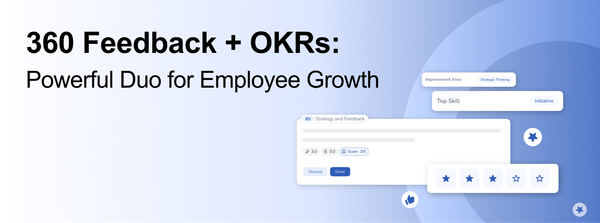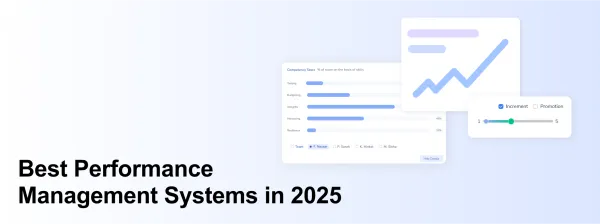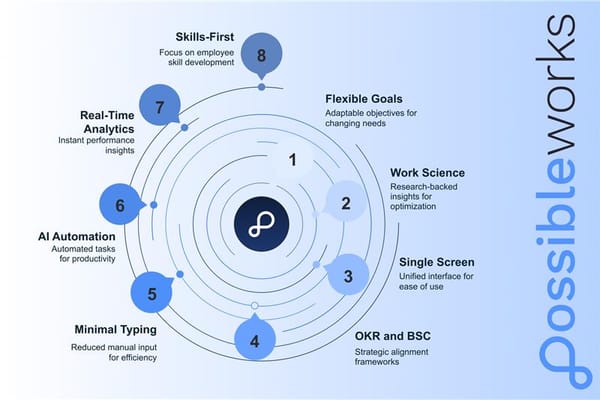Balanced Scorecard Softwares in 2025
Balanced Scorecard software in 2025 helps organizations turn strategy into action. With real-time KPIs, strategy maps, and initiative tracking, it aligns teams, boosts accountability, and drives smarter decisions. Discover the top platforms and must-have features
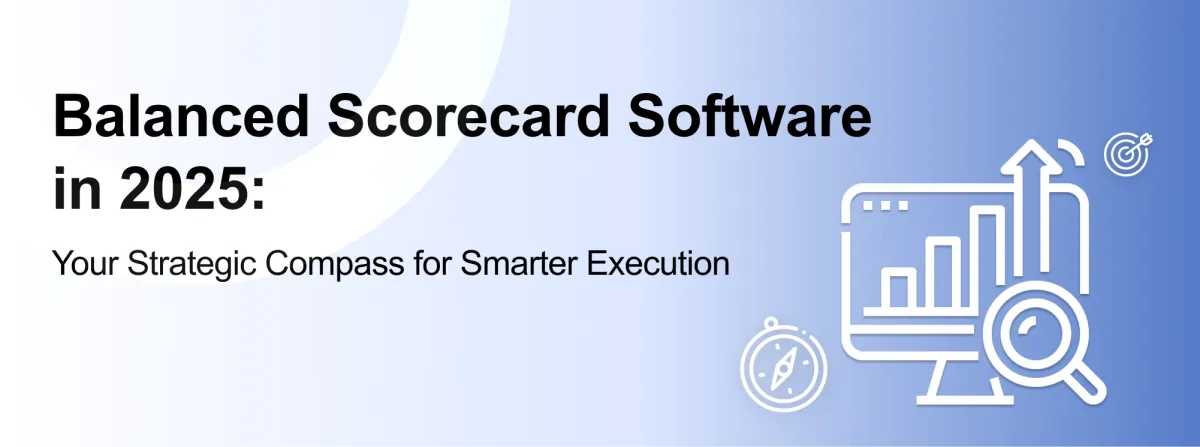

The Balanced Scorecard (BSC) is a proven strategic management framework developed by Dr. Robert Kaplan and Dr. David Norton. It helps organizations translate high-level strategy into measurable objectives across four key perspectives:
- Financial – Are we delivering value to shareholders?
- Customer – Are we meeting customer expectations?
- Internal Processes – Are our operations efficient and scalable?
- Learning & Growth – Are we investing in innovation and employee development?
By balancing these perspectives, companies avoid short-term thinking and build long-term resilience.

In today’s fast-paced business environment, strategy execution is often the weakest link. Common challenges include:
Siloed teams with no visibility into strategic goals
- Manual KPI tracking across disconnected spreadsheets
- Misaligned initiatives that don’t support company-wide objectives
Balanced Scorecard software solves these problems by offering a centralized, intelligent platform for strategy execution. It connects leadership vision with frontline action, making strategy visible, measurable, and actionable.
💡 Example: A mid-sized tech firm reduced reporting time by 60% and improved cross-functional collaboration after switching to a BSC platform.

1. Strategy Mapping & Visualization
- Create interactive strategy maps that connect goals across departments
- Highlight cause-and-effect relationships for strategic clarity
- Align teams around a shared vision, your organizational GPS
2. Real-Time KPI Dashboards
- Monitor performance metrics across teams and functions
- Customize dashboards for executives, managers, and departments
- Automate data collection to reduce errors and delays
3. Goal & Initiative Management
- Link projects directly to strategic objectives
- Assign ownership, set timelines, and track progress
- Ensure every initiative drives measurable impact
4. Automated Reports & Alerts
- Get instant alerts for KPI deviations or missed milestones
- Generate tailored reports for different stakeholders
- Enable faster, data-driven decisions, no more waiting for quarterly reviews
5. Collaboration & Communication Tools
- Share dashboards, goals, and updates across departments
- Use role-based access to control visibility
- Foster transparency and accountability across geographies

With dozens of platforms available, here’s what to look for:
- Ease of Use – Is the interface intuitive for all users?
- Customization – Can you tailor KPIs, dashboards, and reports?
- Integration – Does it connect with your ERP, CRM, HRMS, or OKR tools?
- Scalability – Will it grow with your organization?
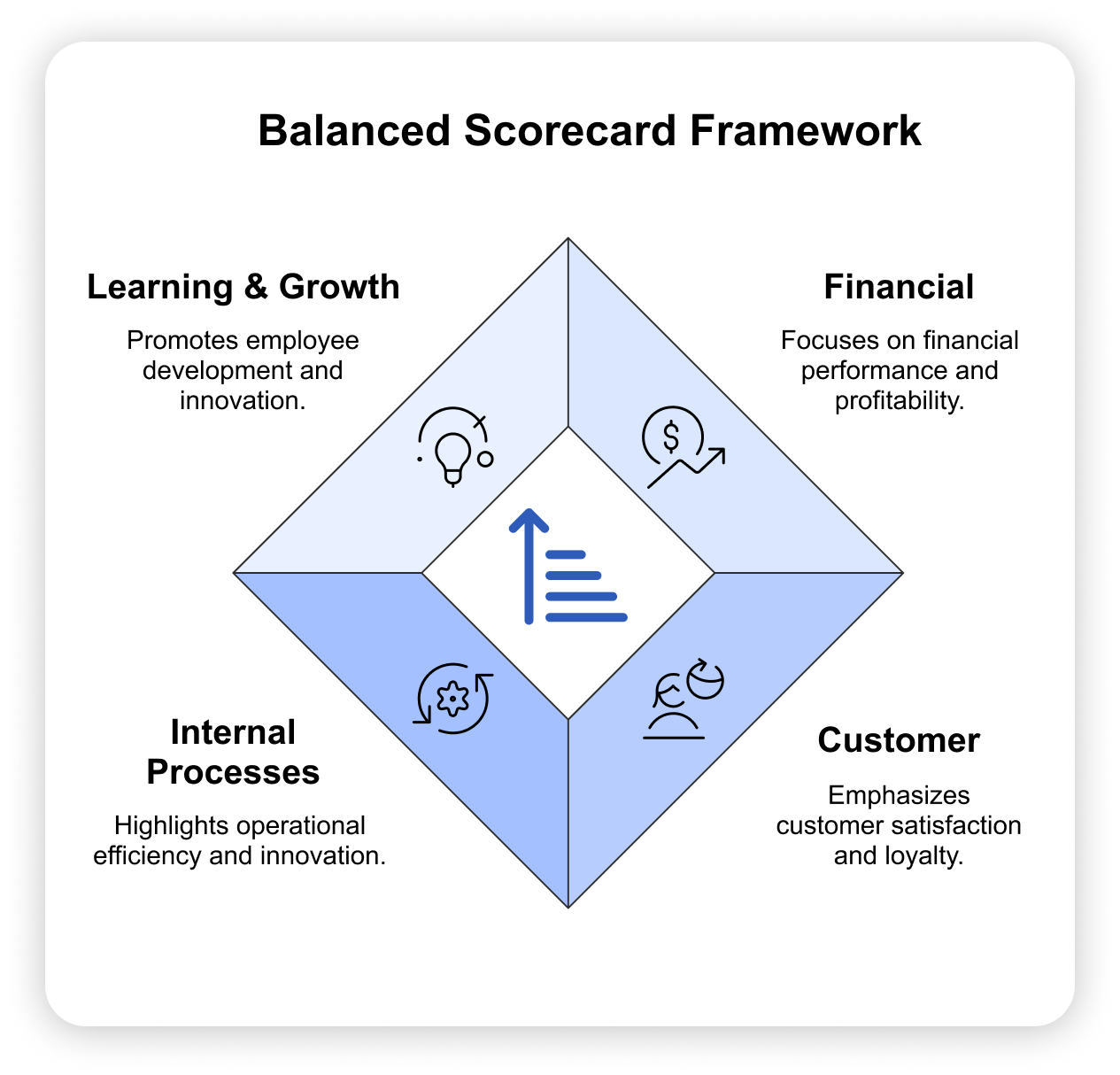

1. Clear Strategy Visualization
Your software should make strategy visible and understandable. Look for tools that offer:
- Interactive strategy maps that connect objectives across departments
- Cause-and-effect relationships between goals
- Visual dashboards that simplify complex plans
Ask Yourself: Does your current tool help everyone see how their work drives outcomes or does it just display numbers?
A good strategy map turns abstract goals into a shared visual language, helping teams understand how their efforts contribute to the bigger picture.
2. KPI Tracking with Early Alerts
Effective performance management requires more than just tracking metrics with it demands proactive insights. Your software should allow you to:
- Set thresholds and trigger alerts when performance dips
- Track both quantitative and qualitative KPIs
- Access real-time data for timely interventions
Ask Yourself: Do you get notified when performance veers off track, before it becomes a problem?
Early alerts empower leaders to act before issues escalate, turning reactive management into strategic foresight.
3. Initiative Management for Alignment
Strategic initiatives are the bridge between planning and execution. Your software should:
- Link initiatives directly to strategic objectives
- Prioritize projects based on impact
- Allocate resources efficiently
- Track milestones and outcomes
Ask Yourself: Are your initiatives truly moving the needle, or just keeping people busy?
When initiatives are aligned with strategy, every project becomes a driver of value, not just a task on a checklist.
4. Seamless Mobile Access
Strategy doesn’t live only in boardrooms, it happens in meetings, on the field, and across remote teams. Look for platforms that offer:
- Full functionality across mobile and desktop devices
- Secure, real-time access to dashboards and reports
- Easy updates from any location
Ask Yourself: Can your team access and update strategy anywhere, or is it stuck at a desk?
Mobile access ensures that strategy is always within reach, enabling agility and responsiveness.
5. Integrated Features Across the Platform
A truly effective Balanced Scorecard platform should be a connected ecosystem, not a collection of isolated tools. It should integrate:
- Strategy visualization
- KPI tracking
- Initiative management
- Reporting and collaboration
Ask Yourself: Are all your strategy capabilities connected or do they operate in separate silos?
Integration ensures that strategy is embedded in daily operations, not just reviewed during quarterly meetings.
6. Intuitive, User-Friendly Design
Even the most powerful platform is useless if people don’t use it. Adoption depends on:
- A clean, intuitive interface
- Easy navigation for all user levels
- Minimal training requirements
Ask Yourself: Is your platform easy for your team to adopt or do people avoid using it?
User-friendly design drives engagement and accountability, making strategy a part of everyday work.
7. Flexible Reporting and Actionable Insights
Reporting should do more than present data; it should guide decisions. Look for software that offers:
- Customizable dashboards for different roles
- Real-time reporting with drill-down capabilities
- Actionable insights tailored to your organization’s needs
Ask Yourself: Do your reports guide action or simply display data?
The best platforms turn performance data into strategic intelligence, helping leaders make informed, timely decisions.



Spreadsheets and siloed systems can’t keep up with modern strategy execution. Balanced Scorecard software offers a smarter, centralized way to:
- Visualize strategy
- Track KPIs in real time
- Align teams with organizational goals
- Automate reporting
- Drive accountability across departments
The right BSC platform isn’t just a tool, it’s a strategic advantage.

